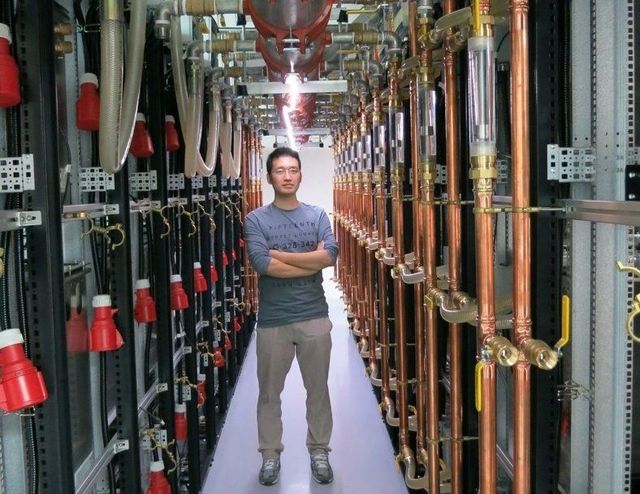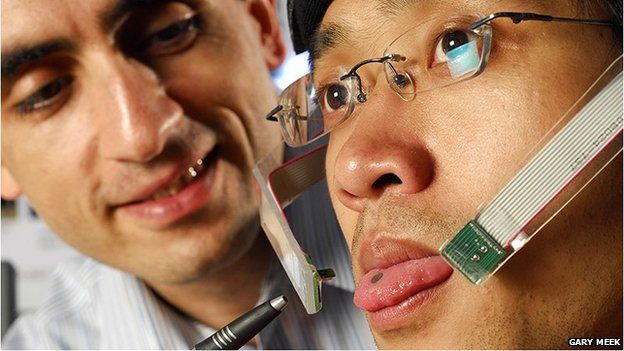Dec 2, 2013
The first person in the world to become a government-recognized cyborg
Posted by Seb in categories: cyborgs, posthumanism, transhumanism

Neil Harbisson is the first person on the planet to have a passport photo that shows his cyborg nature — in his UK passport, he’s wearing a head-mounted device called an eyeborg. The color-blind artist says the eyeborg allows him to see color, and he wants to help other cyborgs like himself gain more rights.
Anyone who has ever gotten a passport photo knows Harbisson has accomplished something that once seemed bureaucratically impossible. Other people with cyborg headgear, like Steve Mann, have had their gear forcibly removed and been refused entrance into buildings for wearing devices on their heads. But with a passport photo that shows the eyeborg as part of Harbisson’s face, somebody trying to rip his augmentation off would be committing a violent crime equivalent to injuring his face.
Continue reading “The first person in the world to become a government-recognized cyborg” »











